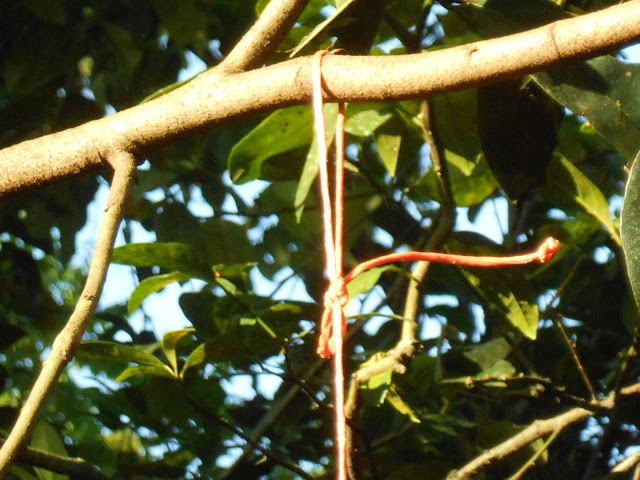When planning my tropical organic kitchen garden, I tried to ensure that I had enough not only to eat but also to drink. Since edibles are already covered ad nauseam online, I will focus this post on plants from which you can enjoy abundant amounts of juice and teas (cold or hot) for years. The first requires longer term waiting while the second can be enjoyed within a few weeks or even days of planting.
Cas. I have only just a few weeks ago discovered cas and had the pleasure of staying as a guest on an organic farm that had a cas tree that was so abundant that my hosts worried about how to handle their endless harvest of cas. What a delicious challenge!
==> BUY TROPICAL SEEDS <==
It is mostly seen in tropical Central American countries like Nicaragua, Honduras, Costa Rica and Guatemala where people use it mostly for making a tart juice called 'fresco de cas'. However, people have also successfully grown this fruit in California and other tropical areas. Its Latin name is Psidium friedrichsthalianum. Like its cousin, guava, cas juice is such a great source of vitamin C that it even surpasses the potency found in oranges.
 |
| When I first saw 'cas', I thought it was a small guava. However, although the inside and seeds are similar, cas is related, do not confuse cas for guava. Unlike guava, cas is too acidic to be eaten. |
Guess what?! Like guava, the leaves are also used to make tea to fight diabetes and other complaints like diarrhea, dysentery, fever, cough and colds. Woohoo!
When I have a chance, I will make a new post about how to grow cas from seeds. (BTW, growing cas from seed is similar to growing guava from seed).
However, if you are starting cas from a seedling or seeds, juicing cas fruit will need to be part of your medium to long term plan. This is because cas grows into a large tree. Fortunately however, if you want to start using cas leaves in tea, you can do within a few months when the plant is sufficiently healthy. Regarding the growth of a cas tree, if left without pruning, it can even reach heights of over 20 feet tall. The images below show how you can train an older cas tree to grow outwards.
 |
| CAS TREE: This photo shows the cas leaves better. They do not look like guava leaves but have similar medicinal properties when steeped for making tea. |
Lemon grass.
I really like lemon grass on several levels. Allow me to digress. One of the aims of permaculture is to fill your environment with plants (and other things) that serve multiple uses. When I visited the farm last week, the owners had told me that the are not a permaculture farm. However, as seen in the photo below, they were already using some permaculture principles without realizing it.
 |
| A beautiful lemon grass driveway hedge. Apart from offering the additional benefit as an abundant source of refreshments, it also has medicinal and culinary uses. |
Notice how, to the right side of their driveway is an aesthetically pleasing lemongrass hedge. This lemon grass hedge also hides and beautifies the sides of their fish tanks.
This lemon grass hedge will last for endless years without much care because, it is a grass after all. If it ever gets too tall as it occasionally will, you can chop it back to a few inches from the ground. Before you know it, it will start growing again within a few days. Within a few weeks, you will have a healthy set of leaves for hot of iced tea. In fact, I often use it in many dishes, whether soups, porridges, rice and so on.
==> BUY TROPICAL ORGANIC SEEDS <==



No comments:
Post a Comment